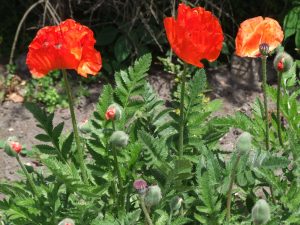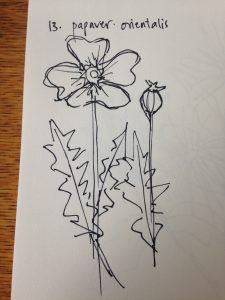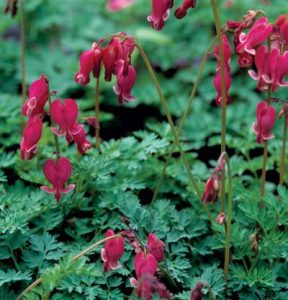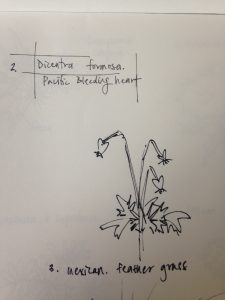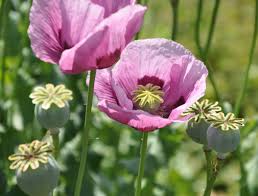
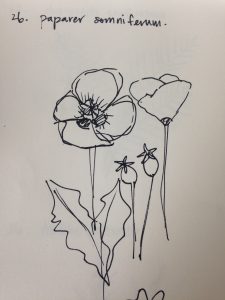
(image from google images)
Common name: opium poppy
Size, form, texture: upright habit, 3-4 ft tall, Native to South eastern Europe and Western Asia.
Hardiness, origin, native ecology: annual, prefer hot, dry, sloping ground with no organic mulch, small seeded plant so needs open ground uncovered where seed can germinate right at surface of the ground.
Bud, foliage, flower and fruit characteristics: Serrated, deeply lobed, interesting bluish green leaves, cut stems exude milky latex, flower can be variety of colours, typically red, white, and purple with dark spot at base of flower. long flowering period, “pepper shaker” fruit sprinkles seeds then plant dies. Poppy’s self sow in preferred conditions.
Cultural and maintenance requirements and appropriate uses in the landscape: Grown for three reasons: opium (in this case needs a lot of heat), poppy seeds, and typically grown for attractive flowers. Can be difficult to purchase, typically passed on as seeds.
